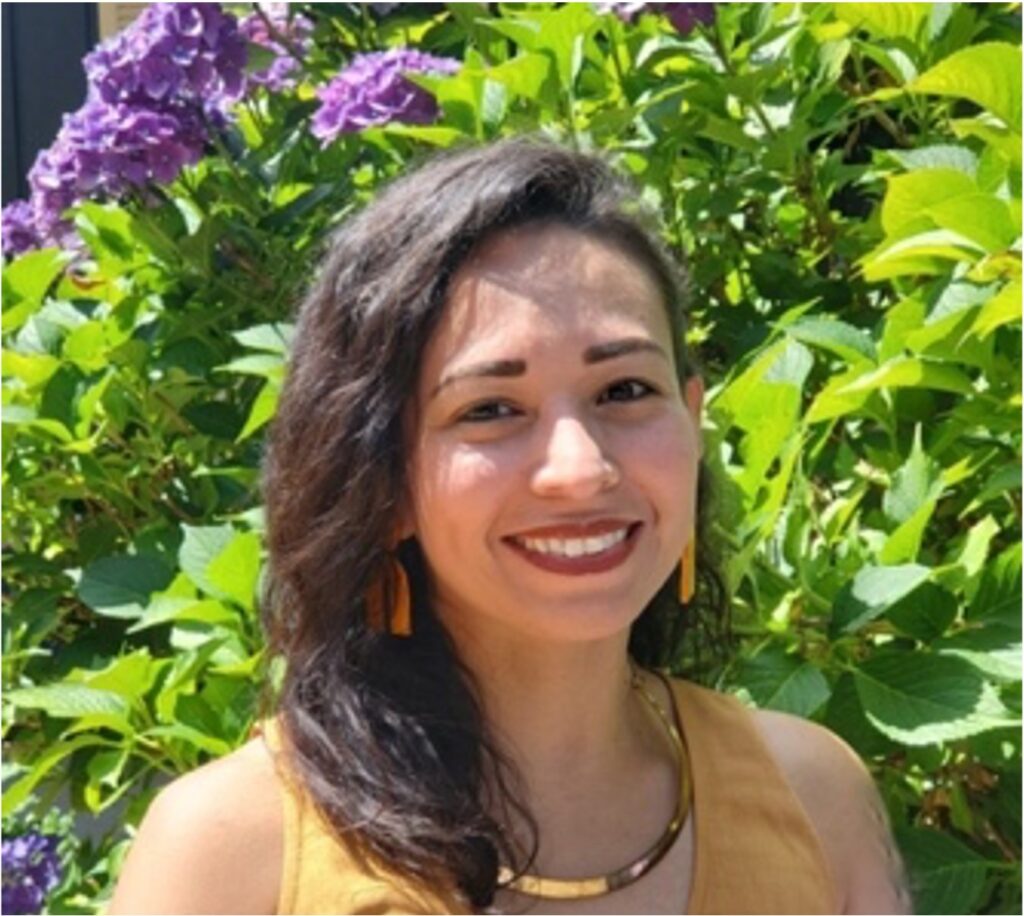
Hello AEA community! My name is Dr. Tatiana Bustos, and I am a community engaged researcher, evaluator, and community psychologist. In my evaluation practice, I apply community-based participatory research (CBPR) principles. For Community Development (CD) TIG week, I wanted to share some learnings from applying an asset-based community development (ABCD) framework for a project, the Flint Women’s Study, to highlight the importance of community assets.
One of the core principles of CBPR is to “Build on community assets and resources” (Israel et al., 1998).
I view assets as core components of community development. When evaluators (and researchers) approach community health, we often frame our engagement with the purpose of understanding their needs, problems, or gaps. It’s equally important to recognize and underline their existing strengths, inherent capacities, and other capital that have helped communities navigate those problems to amplify community centered stories of success. Assets as part of community development leverages the inherent opportunities and capacities embedded in communities to drive their self-determination for action.
Asset based community development (ABCD) offers a framing that emphasizes how community members can drive their own development process by identifying and mobilizing assets that are already embedded in their communities, though these assets may often go unrecognized and underutilized. The premise of ABCD is that community mobilization can respond to and create local economic opportunities to build structures that promote community health. With ABCD, we intentionally underscore community assets connected to personal capital (e.g., talents and aspirations of individuals), social networks, and community resources. By recognizing assets, we highlight the power and capacities embedded in communities that can ultimately drive community development and can identify opportunities to inform strategic investments back into communities.
Lessons Learned
In the Flint Women’s Study, we collected insights from women or providers serving women in Flint and examined responses through the lens of an ABCD framework. By applying this framework, we were able to better understand what women were facing, while also identifying the existing resources, inherent strengths, skills, and other community resources that women were leveraging from themselves and their own communities to promote well-being.
My key takeaways and reflections
- Community development should be inclusive of different levels of community assets that are interconnected. Some assets, like one’s hopes and aspirations, may be driving personal development, while also promoting others’ capacities in their social network and community mobilization efforts. Women were able to acquire new skills, access to resources that would support their family, and identified employment opportunities. This made me reflect on how important it is to capture any unrecognized community assets across various domains.
- Personal assets connected to individual’s traits, skills, or competencies should be viewed as sources of strengths in accessing social capital as well as promoting opportunities for community development. Women in the project emphasized characteristics of hope, resilience, and “other women” as assets to addressing their needs. In what ways can we design evaluations for community development that utilize these assets to promote community’s inherent power to thrive rather than survive through adversities?
- Relationships matter! Assets are embedded in our relationships with others and can mobilize resources, career pathways, and access to other capital. There are several network-based interventions that have shown to be effective in improving program implementation. How can we incorporate network building components to enhance innovations?
Rad Resources
Asset based community development (Tamarak Institute)
The American Evaluation Association is hosting Community Development TIG Week with our colleagues in the Community DevelopmentTopical Interest Group. The contributions all this week to AEA365 come from our CD TIG members. Do you have questions, concerns, kudos, or content to extend this AEA365 contribution? Please add them in the comments section for this post on the AEA365 webpage so that we may enrich our community of practice. Would you like to submit an AEA365 Tip? Please send a note of interest to AEA365@eval.org. AEA365 is sponsored by the American Evaluation Association and provides a Tip-a-Day by and for evaluators. The views and opinions expressed on the AEA365 blog are solely those of the original authors and other contributors. These views and opinions do not necessarily represent those of the American Evaluation Association, and/or any/all contributors to this site.
